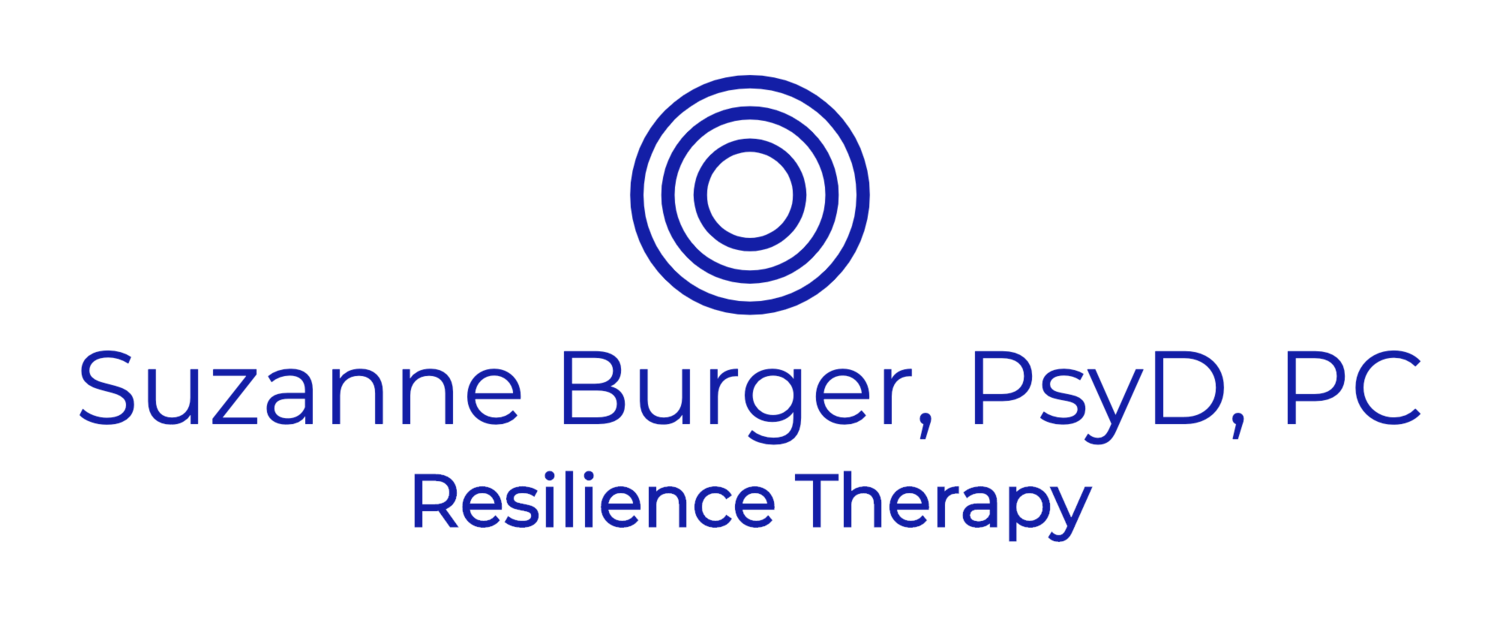Facing the Dragon: Helping Your Child Cope with Fear
/In the wake of the Paris terrorist attacks, there is an interview with a young boy and his father that has gone viral. Part of the appeal, I believe, is the father’s capacity to respond to his son’s fear in an age-appropriate, genuine and so attuned to the child’s needs. For those who have not seen the video, after reading this post, I encourage you to watch it: Parisian father and son.
I am often asked by parents how much information to share with their child when it comes to upsetting or frightening news, be it earthquakes, tornadoes or terrorism on the wider world stage, or medical diagnoses, death, divorce and other dramas playing out within the confines of the family home. Parents and even parenting experts can vary widely on this topic with some wanting to protect children at all costs and others erring too much on a perceived need to have their kids “toughen up.”
It is a biological and psychological imperative for parents to want to guard their children from harm, including shielding them from painful or scary news. But we do children a disservice when they sense that the grownups around them are distracted, anxious, sad or fearful yet are offering no explanation or understanding.
So what do you share? How do you share? How much do you share? The father depicted in this video provides a wonderful model for navigating these challenging waters. First, he crouches down to the ground and envelops his son, offering the protection and security of his own body. He listens closely to his son’s evident fear and concern about “the mean people” and does not deny or minimize his son’s concerns. In fact, he not only acknowledges the existence of “mean people,” he also adds that these threatening people exist throughout the world. He then goes on to offer his son concrete examples (not abstract reassurances or platitudes which, at this child’s stage of development, would hold no meaning) of how families and communities can respond to threat by pointing to the flowers that line some of the sites where Parisians were gunned down. The boy expands upon his father’s offering by pointing out the candles and asking if these too are a type of protection. When his father responds in an attuned way, the boy looks again to the flowers and candles, visibly relaxes, and smiles. When asked by the interviewer how he is doing, he says he is feeling better.
When my clients seek parenting guidance for working with their children’ fears, I often encourage them to share basic information. For example, dad might begin the conversation by telling 8-year-old Joni that mom, who is losing the battle to cancer, is in the hospital and close to dying. Or mom and dad might tell 4-year-old Dan that they are going to have to find somewhere new to live because their home burned down. The next and perhaps most critical part of the conversation is to invite questions and then to watch, listen and, when needed, offer physical comfort.
If the child has questions, they should be answered in as clear and simple a manner as possible. More questions? Keep answering. No questions suggests that either your child is satisfied with the provided explanation or is only able to take in a little bit of the information for now. Parents should also provide opportunities to return to the difficult conversation at a later time. In order to reply with clarity and compassion, parents first needs to be grounded in their own truth about the situation and be calm, present and receptive.
Children should not and, in fact, cannot be protected from danger or the fear danger evokes. We are wired to detect and respond to threat from the earliest age, but children, just like adults, do better when they face it in the context of a safe and loving relationship. For instance, a 2008 study found that participants perceived the steepness of a hill to be greater when they looked at it alone versus when they stood alongside a friend. A 2006 study found reduced activity in regions of the brain associated with pain and with alarm when women undergoing a brain MRI held their husband’s hand, compared to a control group.
It is when parents offer support and guidance and stand with their child to face into their fears that children grow. Within the attuned and safe containment provided by responsive parents, children learn to tolerate the discomfort that accompany fearful sensations, ride the wave of these unpleasant feelings, and then return to sources of strength and comfort, often adding a new capacity to respond to the source of threat with new coping skills.



